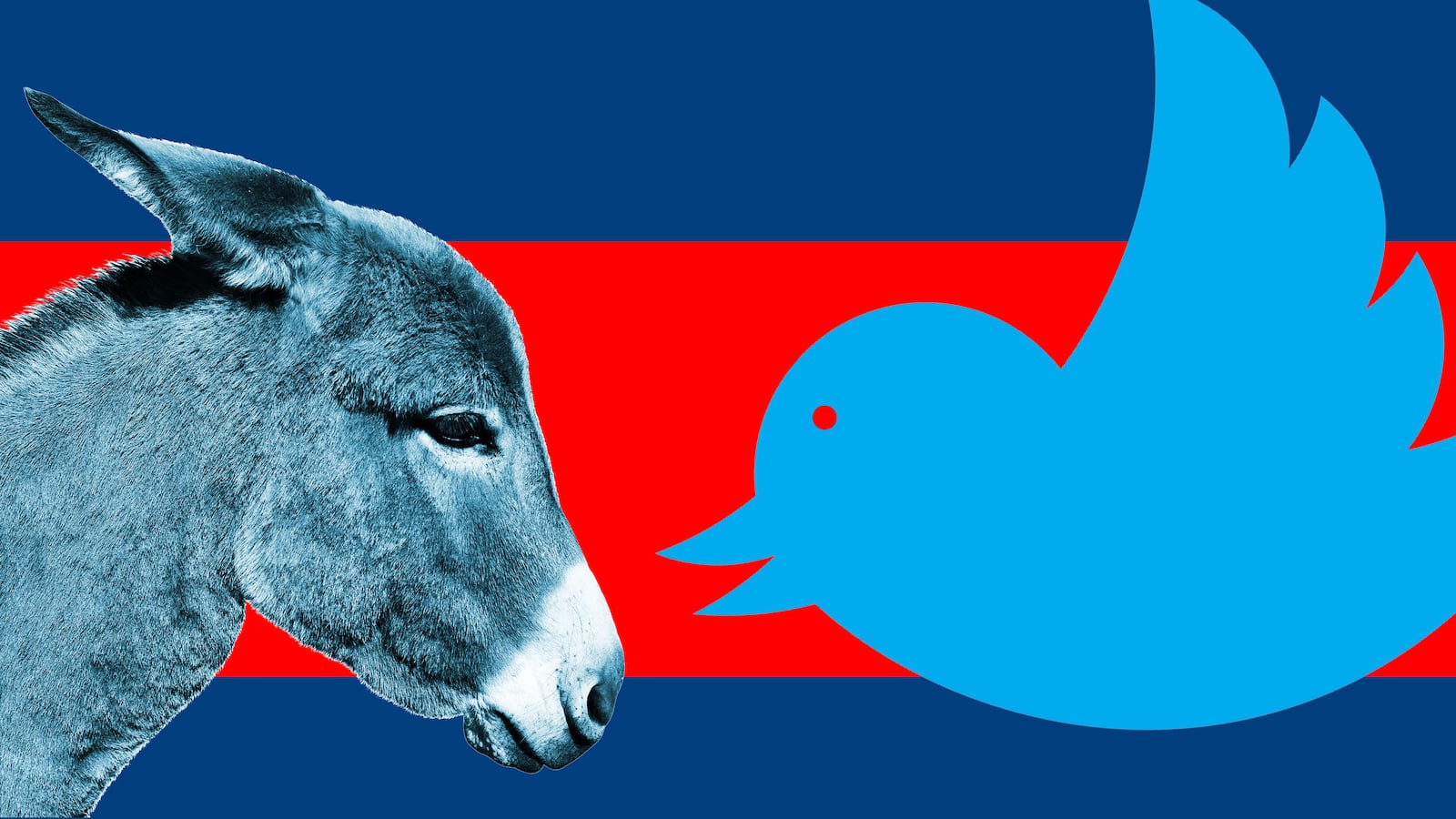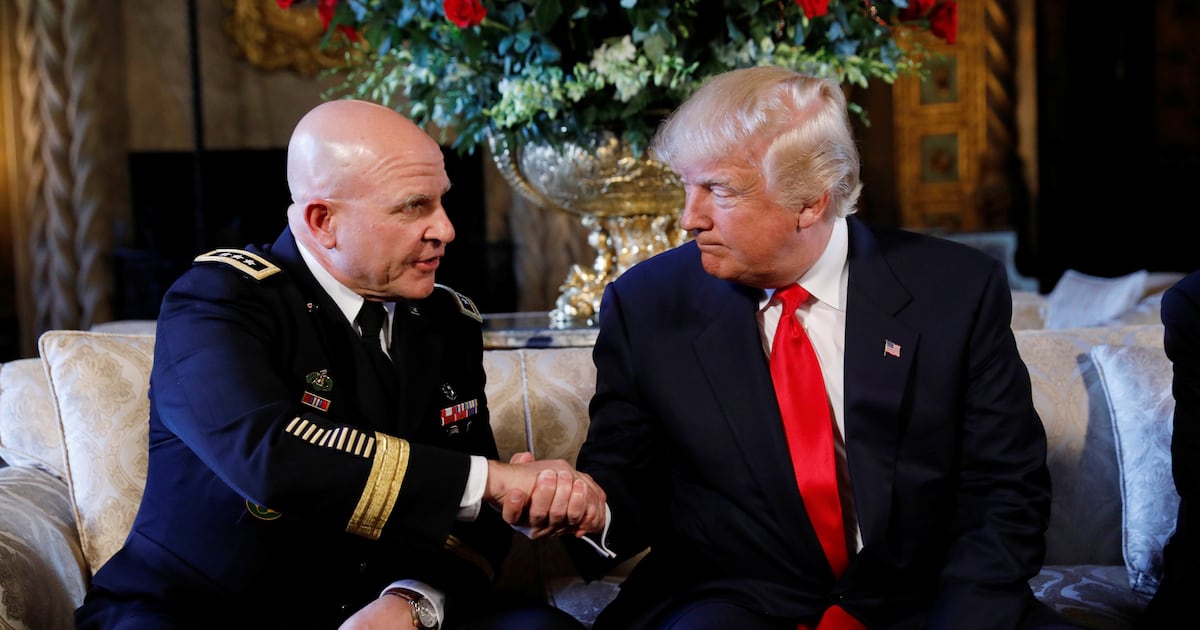At various junctures during the 2020 campaign an attack ad would pop online that had observers on Twitter buzzing about how devastating for Donald Trump it would be. Except, more often than not, the ads weren’t effective, at least not for the nominal point of the election: persuading on-the-fence voters to back Joe Biden.
That’s the conclusion the Democratic Party’s top super PAC reached after doing analytical research into a handful of spots that went viral on Twitter.
The PAC, Priorities USA, spent a good chunk of the cycle testing the effectiveness of ads, some 500 in all. And, along the way, they decided to conduct an experiment that could have potentially saved them tons of money. They took five ads produced by a fellow occupant in the Super PAC domain—the Lincoln Project—and attempted to measure their persuasiveness among persuadable swing state voters; i.e. the ability of an ad to move Trump voters towards Joe Biden. A control group saw no ad at all. Five different treatment groups, each made up of 683 respondents, saw one of the five ads. Afterwards they were asked the same post-treatment questions measuring the likelihood that they would vote and who they would vote for.
The idea wasn’t to be petty or adversarial towards the Lincoln Project, which drew both fans and detractors for the scorched-earth spots it ran imploring fellow Republicans to abandon Trump. It was, instead, to see if Twitter virality could be used as a substitute for actual ad testing, which took funds and time. If it turned out that what the Lincoln Project was doing was proving persuasive, the thinking went, then Priorities USA could use Twitter as a quasi-barometer for seeing how strong their own ads were.
But that didn’t turn out to be the case. According to Nick Ahamed, Priorities’ analytics director, the correlation of Twitter metrics—likes and retweets—and persuasion was -0.3, “meaning that the better the ad did on Twitter, the less it persuaded battleground state voters.” The most viral of the Lincoln Project’s ads—a spot called Bounty, which was RTed 116,000 times and liked more than 210,000 times—turned out to be the least persuasive of those Priorities tested.
Reed Galen, a top official with the Lincoln Project, didn’t dispute the conclusions. In fact, he said they made sense. He noted that his group’s ad strategy was not meant to be one-dimensional—that they released spots with little fanfare in swing states in addition to those that they trumpeted to great effect on social media.
“We were pretty clear from the get go about the lanes of our strategic outreach. The first one, which made the most noise, was for the audience of one. That was the stuff directed at Trump, the campaign, the White House, and the family. The stuff we knew would distract them, make them angry, make them fight internally, make him fire Brad Parscale, sue us, whatever it was so their attention was pointed elsewhere,” said Galen. “The second one, is a lot of the stuff we did in Electoral College states, a lot of times we didn’t even release it on Twitter. But we understood, nobody better than us, that Twitter was a bullhorn that from our perspective drove what we did against Trump, sometimes into his head, and sometimes into the narrative that the press was observing and creating, and gave our 2.7 million people on Twitter the energy they craved.”
That energy was no small thing, either. Ahamed said that the Lincoln Project spots likely did help motivate predisposed Biden voters, even if their persuasiveness in flipping Trump voters didn’t come through. “Our takeaway is that we as political operatives or people online on Twitter a lot, aren’t necessarily a good judge of what is persuasive,” said Ahamed.
The conclusion that Twitter is not, in fact, real life, is one that seemed to underline much of the 2020 election. Biden’s victory in the Democratic primary came despite the evident lack of connective tissue between him and his party’s online voices. And as his team navigated the general election against Trump, its digital strategy was premised on the notion that virality for the sake of it was actually a bad idea.
Surveying the wreckage of the election cycle, Ahamed extended the lesson even further. Sometimes, he argued, political entities didn’t just need to guard against the impulse to get Twitter attention, they needed to produce content that was relatable for the majority of the population, which did not reside on the medium.
To that end, he sent The Daily Beast the most persuasive ad that Priorities ran and tested during the same month that the group did its viral ad test. The spot was noteworthy for just how conventional it seemed.
“The underlying mechanism of persuasion, I think of it like cough medicine,” said Ahamed. “People don’t enjoy having their mind changed.”





